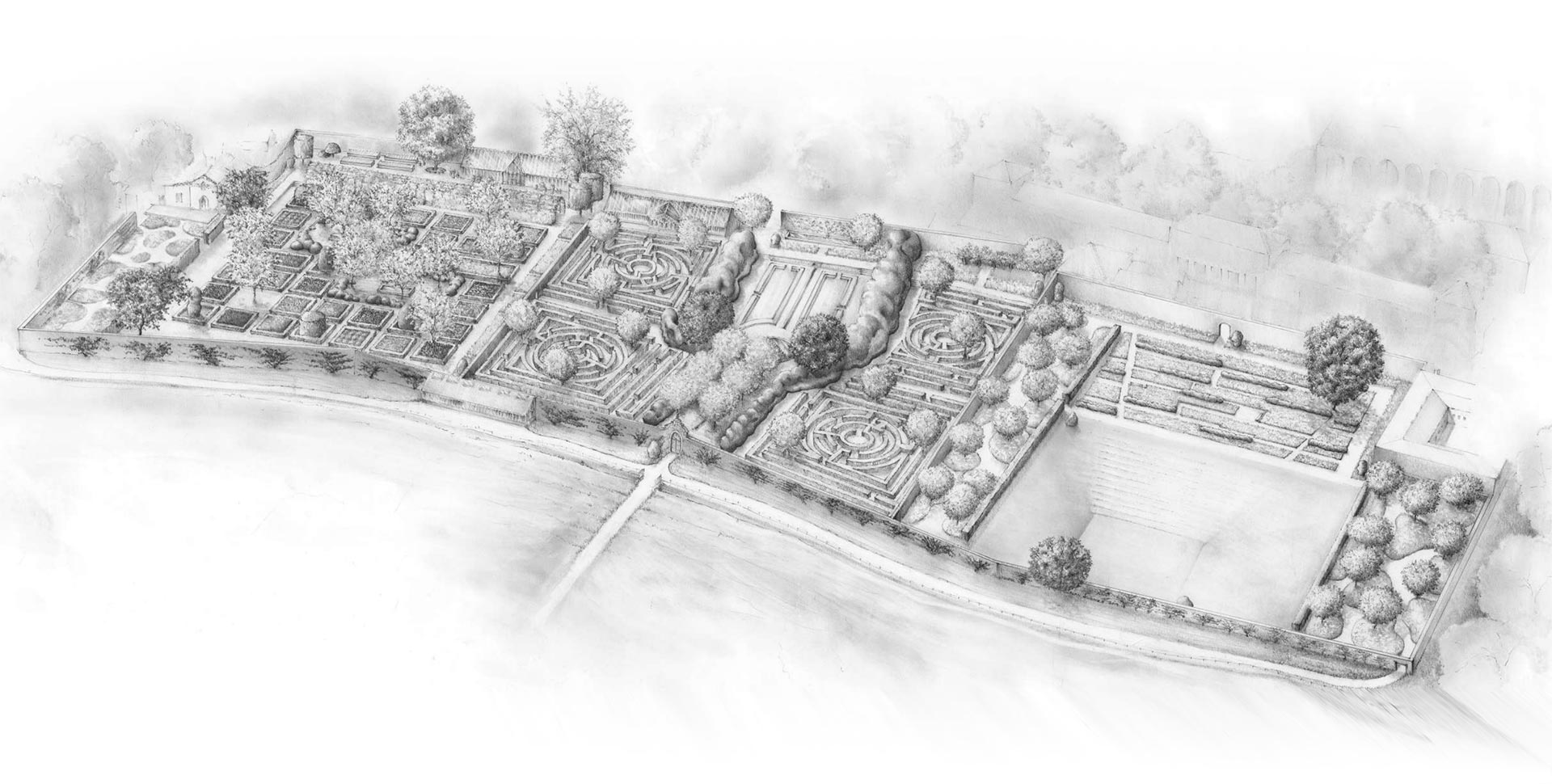The 18th century Walled Garden has been recently remodelled by renowned garden designer Luciano Giubbilei with Lady Barnard. Together, they have laboured to create a stunning 5-acre vision, including the estate’s well-known yew hedges and the iconic Raby fig. In doing so, they have retained the gardens’ distinctive spirit; one in which the character of Raby and its rich history is deeply embedded.
Beautifully framed views and an unrivalled air of tranquillity have put Raby on the map of notable English gardens, and will delight horticultural novices and enthusiasts alike.

